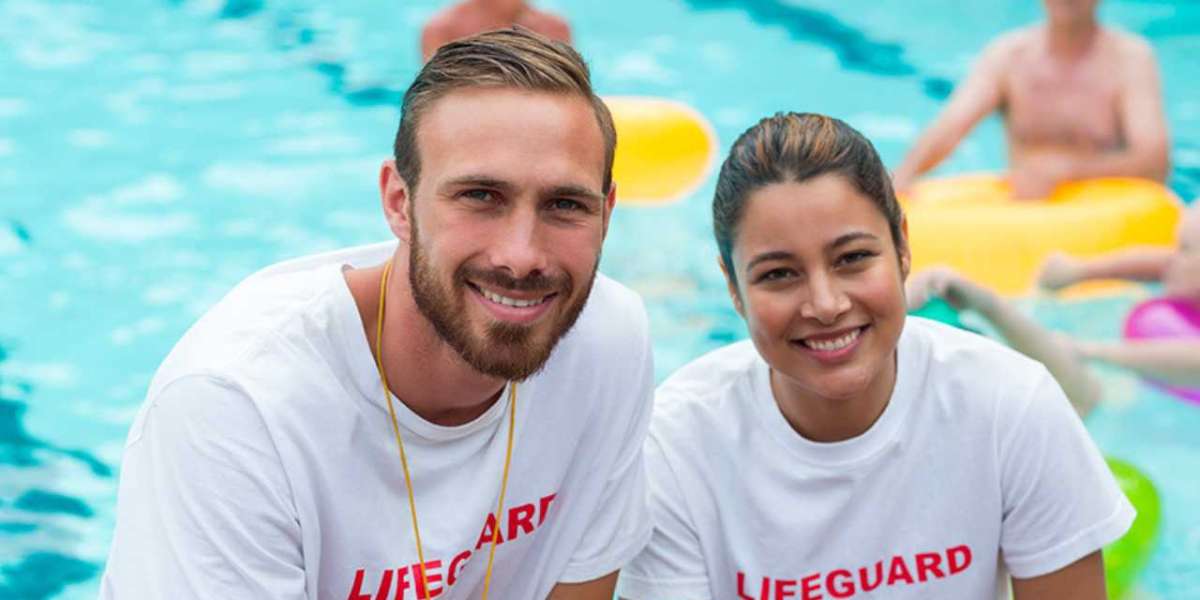In 2024, lifeguard certification programs are essential for ensuring the safety and well-being of individuals at pools, beaches, and water parks. As the demand for trained and certified lifeguards grows, it's crucial to understand the comprehensive steps involved in obtaining a lifeguard certification. This guide provides a detailed overview of the lifeguard certification process, from prerequisites to final certification.
Prerequisites for Lifeguard Certification
Age and Physical Requirements
To enroll in a lifeguard certification program, candidates must meet specific age and physical requirements. Generally, applicants must be at least 15 years old. Physical fitness is paramount, as lifeguards need to perform rescues and administer first aid effectively.
Swimming Proficiency
Candidates must demonstrate strong swimming skills. This includes the ability to swim a certain distance, typically 300 yards continuously, using freestyle or breaststroke. Additionally, candidates must be able to retrieve a 10-pound object from a depth of 7 to 10 feet and swim 20 yards with it.
Components of Lifeguard Training Programs
Classroom Instruction
Lifeguard training begins with classroom instruction, covering essential topics such as water safety, drowning prevention, and lifeguard responsibilities. This theoretical knowledge is crucial for understanding the principles of lifeguarding and emergency response.
In-Water Training
Practical, in-water training is a critical component of lifeguard certification. Candidates learn and practice various rescue techniques, including active and passive victim rescues, spinal injury management, and submerged victim recovery. Proficiency in performing CPR and using automated external defibrillators (AEDs) is also emphasized.
First Aid and CPR Certification
Lifeguards must be certified in first aid and CPR. Training includes handling cardiac emergencies, performing rescue breathing, and managing injuries such as cuts, fractures, and burns. This comprehensive training ensures lifeguards are prepared for a wide range of emergencies.
Types of Lifeguard Certification Programs
Pool Lifeguarding
Pool lifeguarding certification focuses on skills specific to the pool environment. Training includes managing crowded pools, enforcing safety regulations, and performing rescues in a confined space.
Beach Lifeguarding
Beach lifeguarding certification requires additional training due to the unique challenges of the ocean environment. Candidates learn to navigate waves, currents, and tides while performing rescues. Training also covers marine life hazards and beach-specific safety protocols.
Waterpark Lifeguarding
Waterpark lifeguarding involves training on the unique features and challenges of waterparks, including slides, wave pools, and lazy rivers. Lifeguards learn to manage large crowds and perform rescues in complex, dynamic environments.
Certification Exam
Written Exam
The written exam tests candidates' knowledge of lifeguard theory, water safety, and emergency response procedures. It typically includes multiple-choice questions and scenario-based questions to assess critical thinking and decision-making skills.
Practical Exam
The practical exam evaluates candidates' proficiency in performing rescue techniques, CPR, and first aid. Candidates must demonstrate their ability to handle various emergency scenarios, showcasing their readiness to perform as lifeguards.
Maintaining Lifeguard Certification
Renewal and Recertification
Lifeguard certification is typically valid for two years. To maintain certification, lifeguards must complete renewal courses, which include a review of lifeguard skills, CPR, and first aid. This ensures lifeguards stay up-to-date with the latest safety protocols and techniques.
Continuing Education
Many organizations offer continuing education opportunities for certified lifeguards. Advanced courses, such as lifeguard instructor training and waterfront lifeguarding, provide additional skills and career advancement opportunities.








